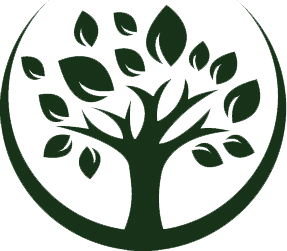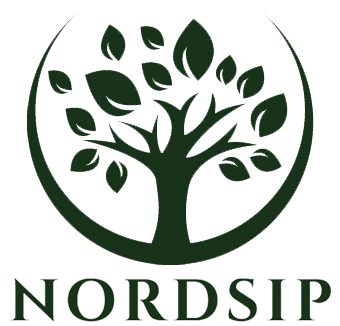Stockholm (NordSIP) – Farming remains one of the most significant hurdles in the quest for climate change mitigation and the protection of biodiversity. According to the UN Food and Agriculture Organisation (FAO), global agrifood systems emissions reached 16.2 billion tonnes of carbon dioxide equivalent (Gt CO2eq) in 2022, equivalent to 30% of all global CO2 emissions.
At the same time, geopolitical instability, trade wars and shifting alliances have raised awareness for the need for strengthened food security and agricultural self-sufficiency without undermining the transition to more sustainable agriculture. With a self-sufficiency rate of only 50% for food, Sweden faces a significant challenge. To secure future food security while contributing to climate goals, investments of tens of billions of kronor are needed, according to Lantbrukarnas Riksförbund (LRF).
Financing Agriculture with Green Bonds
Financial institutions have long sought to find mechanisms and financial tools to channel dedicated funds to agricultural activities. However, most green bonds with a focus on farming communities have traditionally come from multinational development banks focusing on providing loans to developing countries.
Nevertheless, to address this issue, Landshypotek updated its green bond framework at the start of September 2025 to also include agricultural activities. The original green bond framework published in in 2018 focused only on forestry, buildings and renewable energy.
“We have previously improved financing in the forest sector with our green bonds. Now, we are taking an important step towards financing agriculture as well. We are once again making a pioneering effort that we hope will receive a good response in capital markets,” says Johan Ericson, CEO of Landshypotek Bank.
Landshypotek’s Updated Framework
The purpose of Landshypotek’s green framework is to enable the financing of more sustainable land and forest management. The activities listed in the framework form the basis for what can be financed through the green bonds issued by the Landshypotek.
Agricultural investments covered by the green framework include measures to promote biodiversity on agricultural lands, such as the maintenance of lands with high nature values . Precision farming to optimise the use of mineral fertilisers and other inputs in crop production, organic crop cultivation and KRAV-certified ruminant farming are also included in the updated framework. The construction of irrigation dams and cover ditches to manage water, as well as measures for rewetting or the creation of wetlands, are now projects that can also receive funding from Landshypotek green bonds.
“With the framework, we are creating the conditions for reconnecting capital markets with the financing of green industries. As a leading bank focusing on agricultural and forestry lending, it was natural for us to include investments in agriculture in the updated framework. This is important given that agriculture is a crucial sector for Sweden. However, the new framework also works towards climate adaptation and enhancing opportunities to promote biodiversity in agriculture. This enables societal benefits for all of us,” says Martin Kihlberg, Head of Sustainability at Landshypotek Bank.
Landshypotek’s green framework was structured with the assistance of Danske Bank. The framework has been assessed by S&P Global Ratings, the largest reviewer of green frameworks in the world. S&P Global Ratings classified Landshypotek Bank’s green framework as “medium green”.
“This innovative framework creates the conditions for financing sustainable and local agriculture, which Sweden needs more of,” adds Lars Mac Key, Head of Sustainable Products at Danske Bank.
An Increasingly Popular Trend
Landshypotek is not the first organisation considering this issue. In April 2025, the Climate Bonds Initiative (CBI) published the Agrifood Transition Framework, a “tool designed to guide financial institutions, investors, and stakeholders through the complexities of financing a credible, just, and science-aligned transition in the agrifood system.” The CBI’s Agrifood Transition Framework was an inspiration for Landshypotek’s latest green bond framework.
More prominently, Lantmännen, a Swedish agricultural cooperative, published a green bond framework that included several features similar to Landshypotek’s in March 2024. However, Lantmännen’s green bond framework is not identical to that of Landshypotek. “While Lantmännen’s use of proceeds is connected to projects under their specific Climate & Nature programme, the Landshypotek Bank framework is available for everyone who wants to go the sustainable route,” Mac Key explains. Danske Bank was also an adviser to Lantmännen’s green bond framework.




